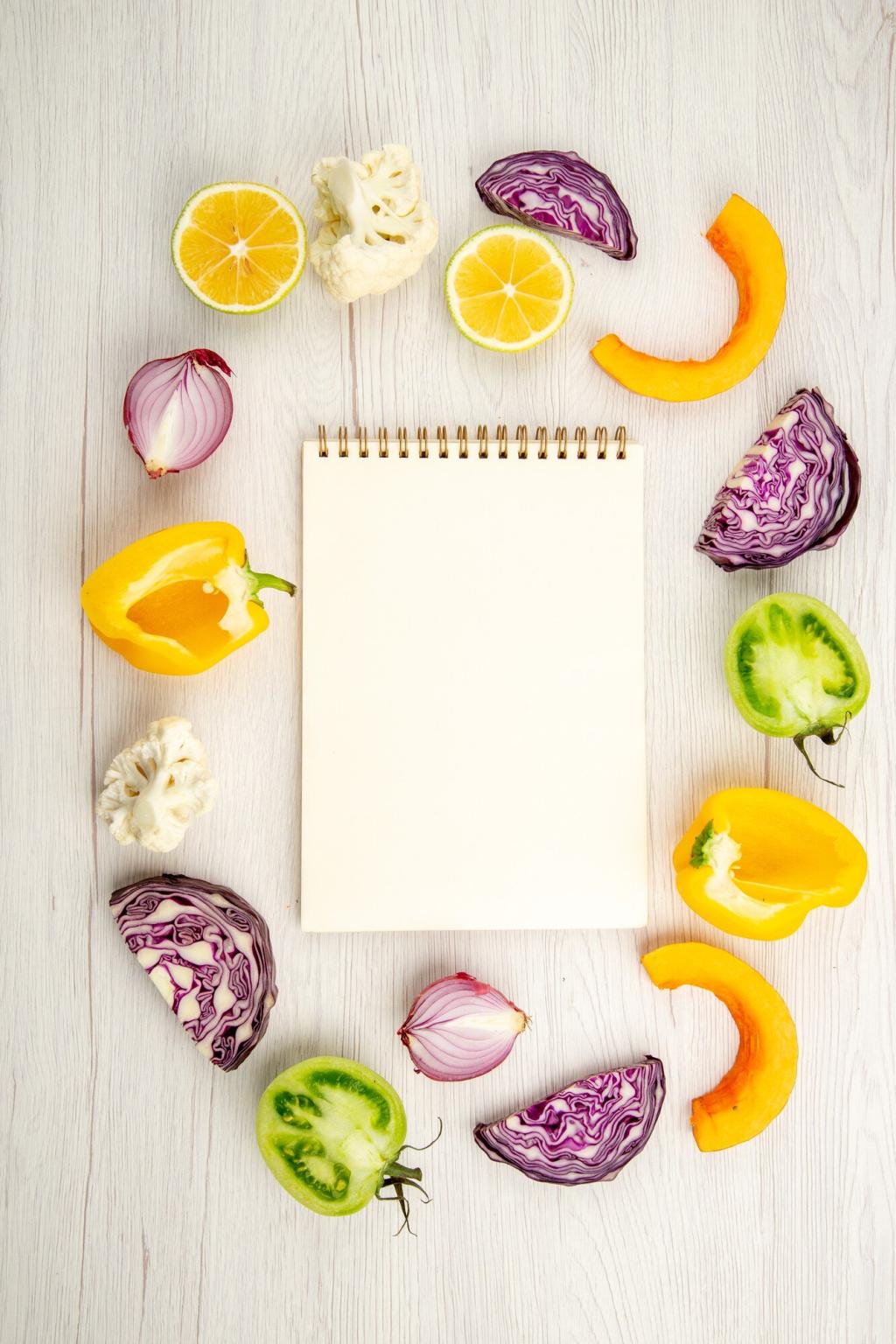Hydration and Electrolyte Management for Athletes
Why Fluids and Electrolytes Decide Races, Reps, and Recoveries
Losing just about two percent of body mass to sweat can slow endurance pace, elevate heart rate, and cloud judgment. Weigh pre- and post-session, track conditions, and tell us your typical loss to refine smarter targets.
Map Your Sweat: Simple Testing That Changes Everything
Weigh yourself nude, train for sixty minutes, track all fluid in and out, then reweigh. Each kilogram lost approximates one liter. Repeat across temperatures to create a range, and comment your numbers for tailored suggestions.
Before: Prime the System
Two to three hours pre-session, aim roughly five to seven milliliters per kilogram, including some sodium. A small top-off closer to go-time can steady thirst. Share your pre-race ritual and we will help polish it.
During: Replace, Don’t Chase
Match a portion of your sweat rate, often 400–800 milliliters per hour, with 300–800 milligrams sodium when conditions demand. Use thirst plus your plan. Tell us your bottle setup and we will refine on-course logistics.
After: 150% and Smart Sodium
Replace about one and a half times the fluid deficit with sodium and carbohydrates to restore volume and glycogen. Weigh in, log color, and comment how quickly you feel normal after long, hot sessions.
Choosing the Right Drinks, Capsules, and Foods
Water, Sports Drinks, or Electrolyte Capsules?
Water alone can under-serve long or hot efforts. A balanced drink helps absorption; capsules let you customize sodium while keeping drinks lighter. Tell us your preference, and we will suggest context-based combinations.
A DIY Mix That Works
Try water, citrus juice, a measured pinch of table salt, and a modest spoon of sugar or maltodextrin. Adjust sweetness and sodium to your sweat profile. Share your recipe tweaks for crowd-tested improvements.
Caffeine, Gut Comfort, and Real-World Tolerance
Caffeine can sharpen focus and perceived effort, but too much may irritate the gut. Test doses in training, not race day. Post your tolerance sweet spot so others can learn from your experiments.

Common Mistakes and Persistent Myths
Drinking beyond need can dilute blood sodium, risking headache, nausea, and confusion. Pair intake with sodium, monitor body mass, and listen to thirst. Share how you pace sips during long events without overdoing it.
She added 500 milliliters per hour with 500 milligrams sodium, practiced fueling earlier, and weighed less than one percent down. Share your last long run and we will help translate this approach to your pace.
Stories from the Field: Lessons You Can Use Tomorrow
Pack a Hydration Kit
Carry collapsible bottles, measured salt packets, favorite powders, and a small scale for weigh-ins. Add a marker to label bottles by hour. Comment your must-have items to help teammates build reliable kits.
Read Labels Like a Pro
Check sodium per serving, not per package, watch sugar alcohols, and note caffeine amounts. Multiply for your hourly plan. Drop a photo of a confusing label you encountered, and we will decode it together.
